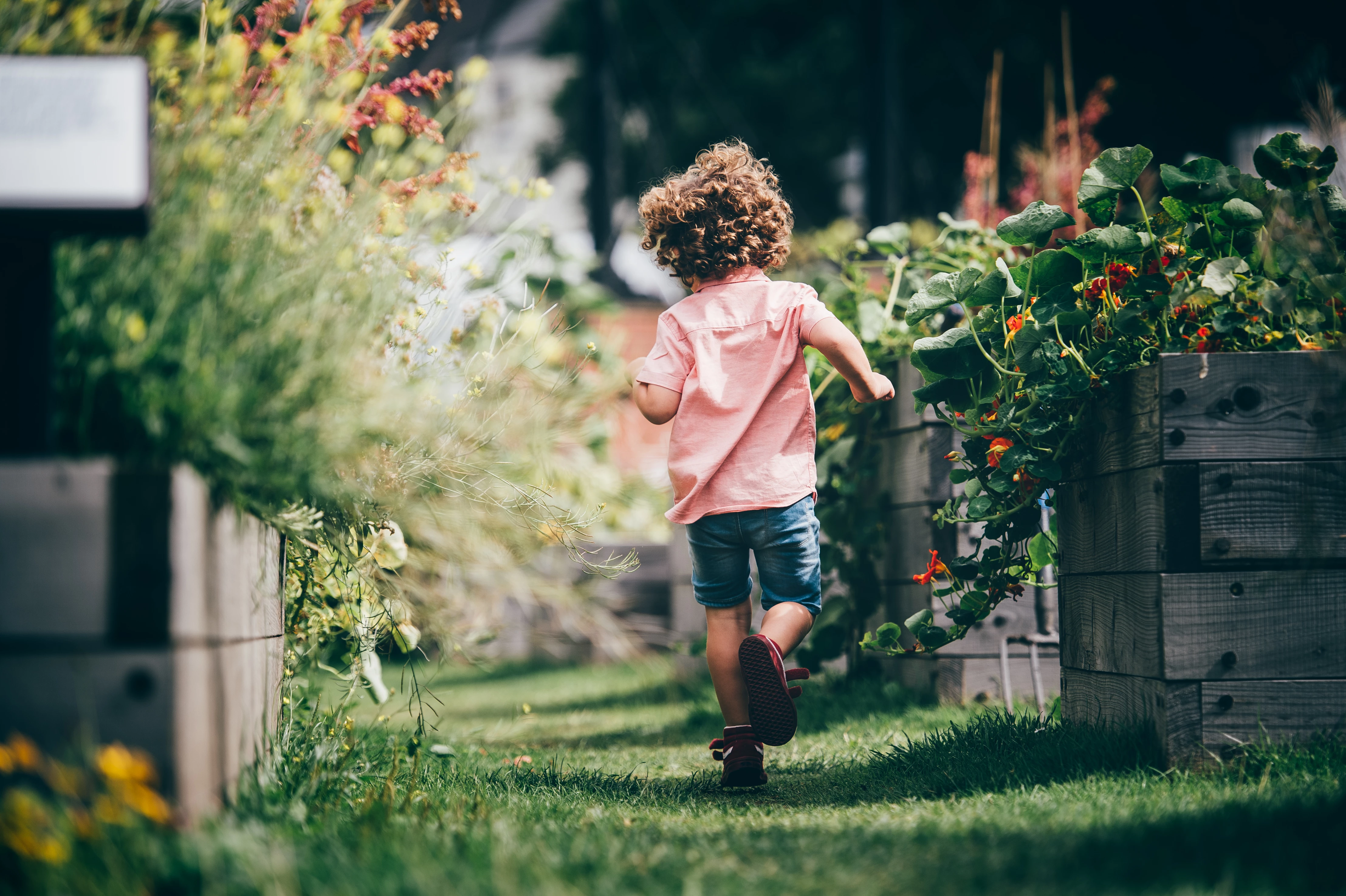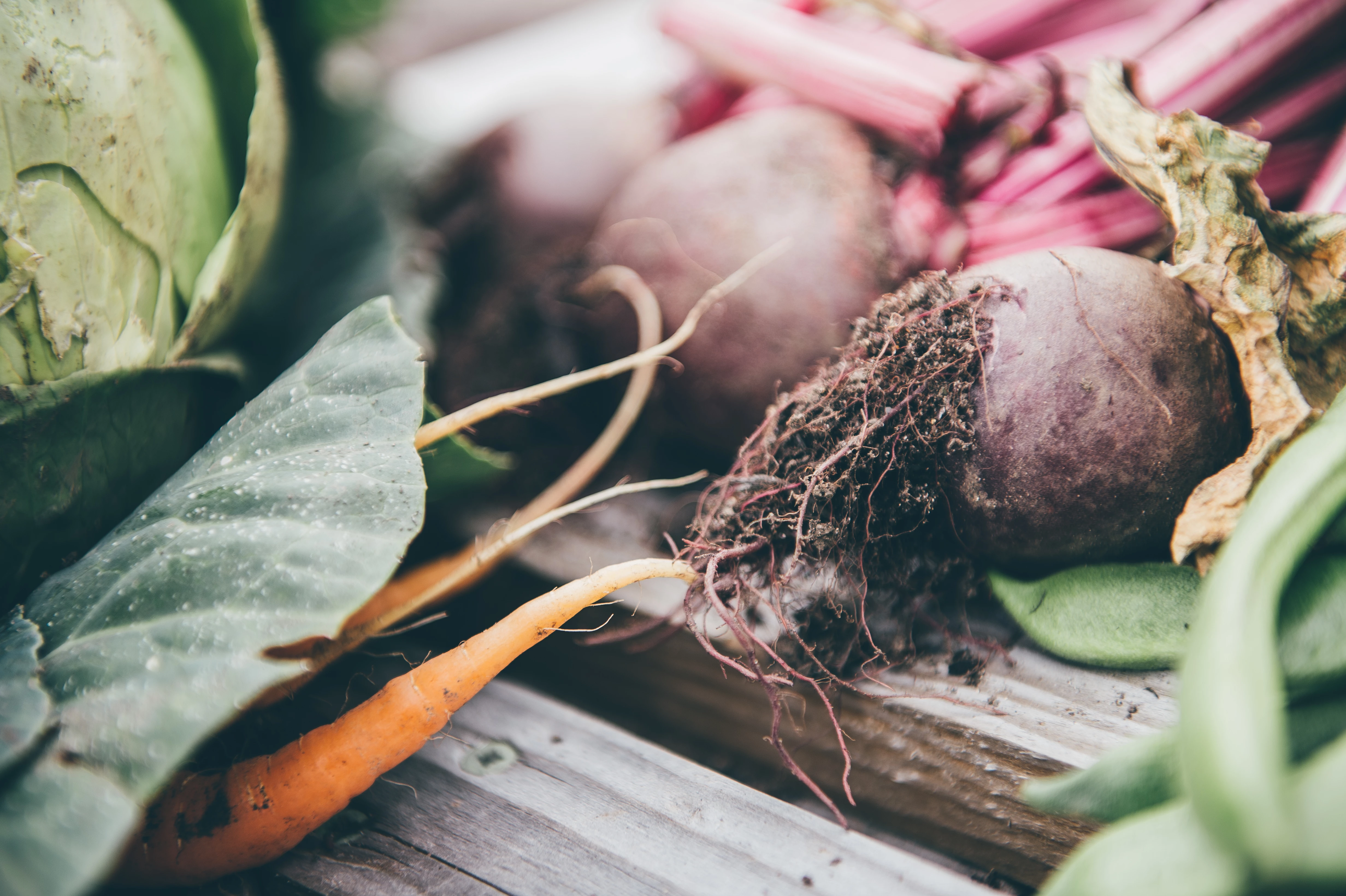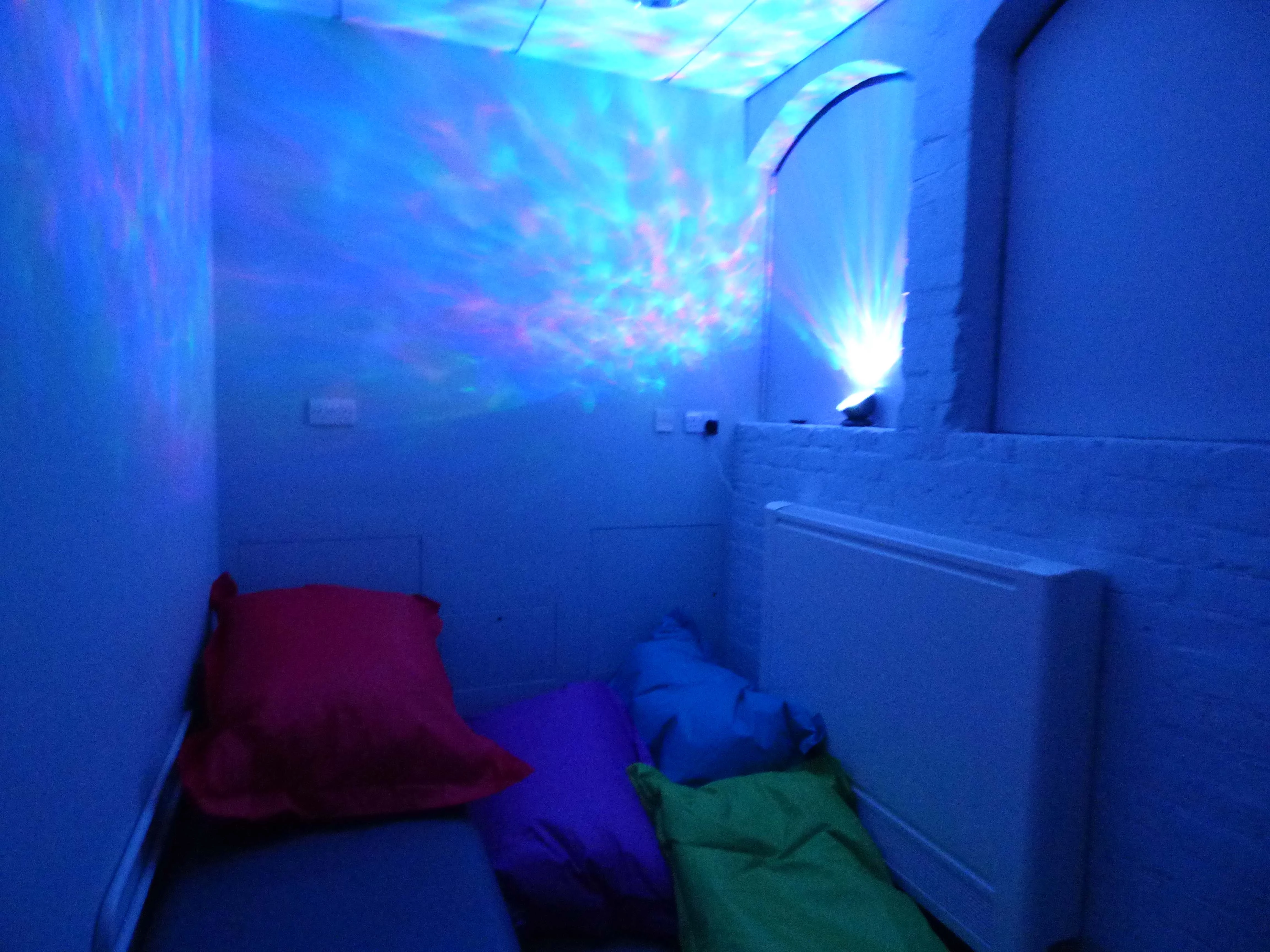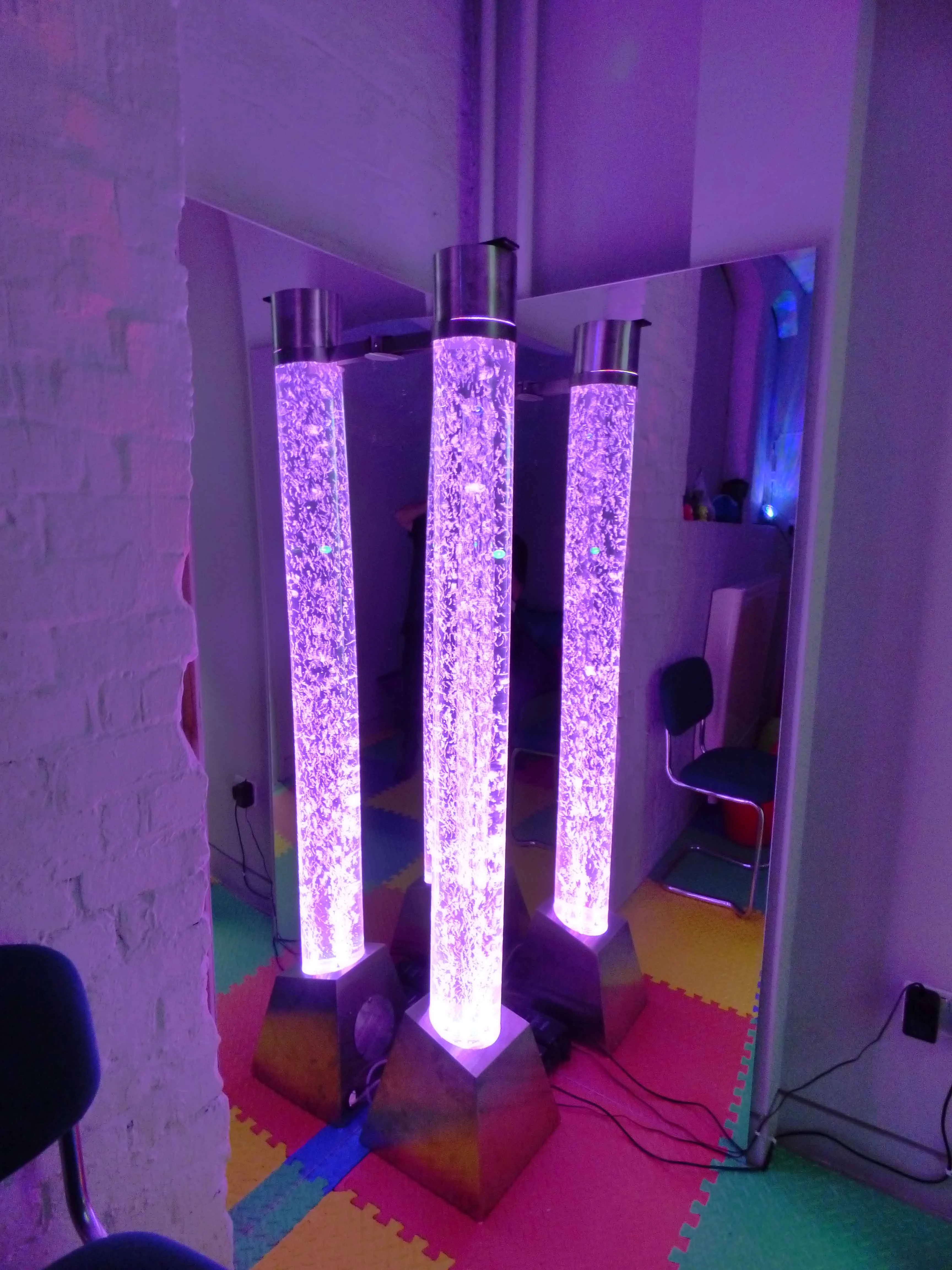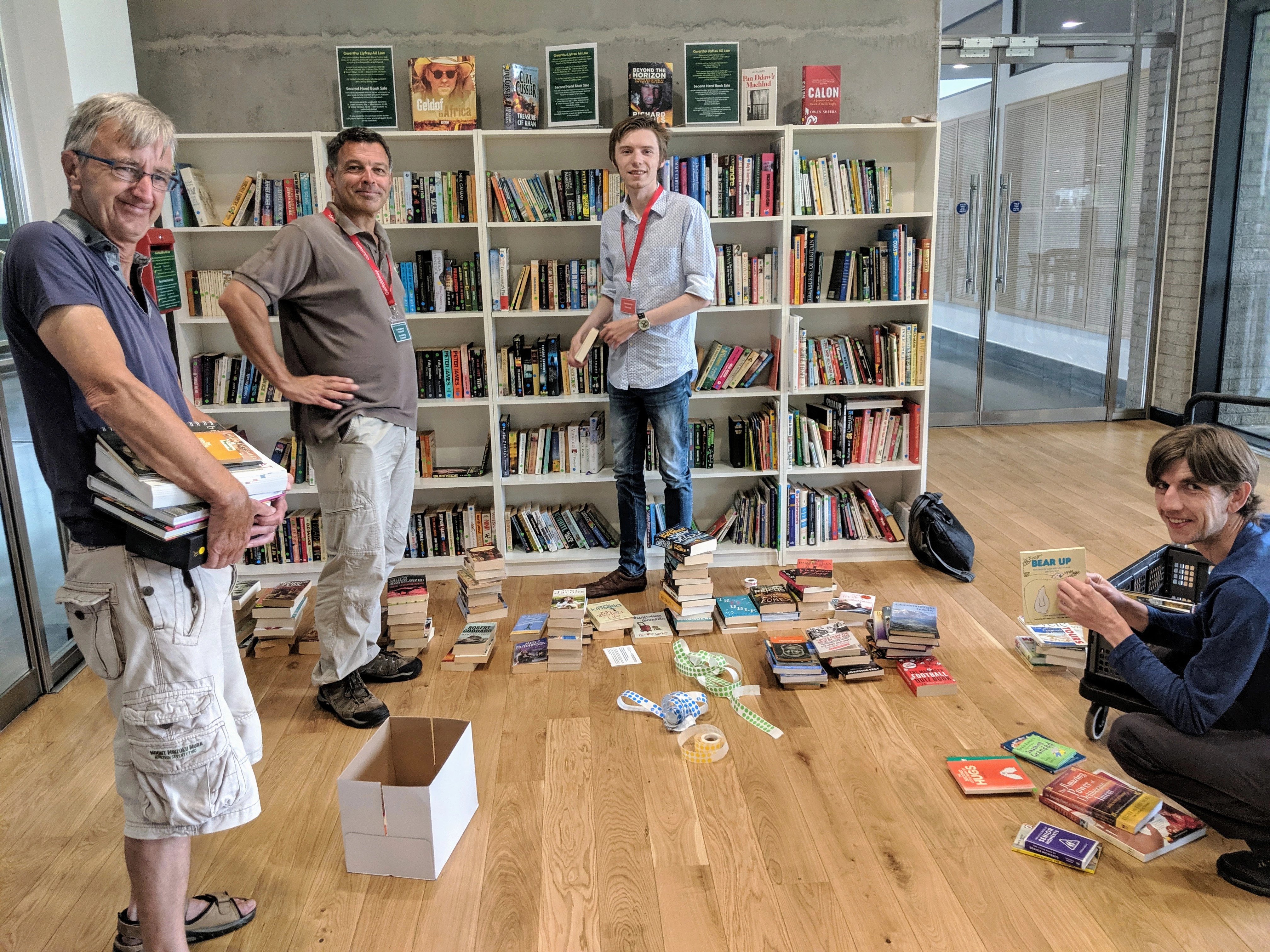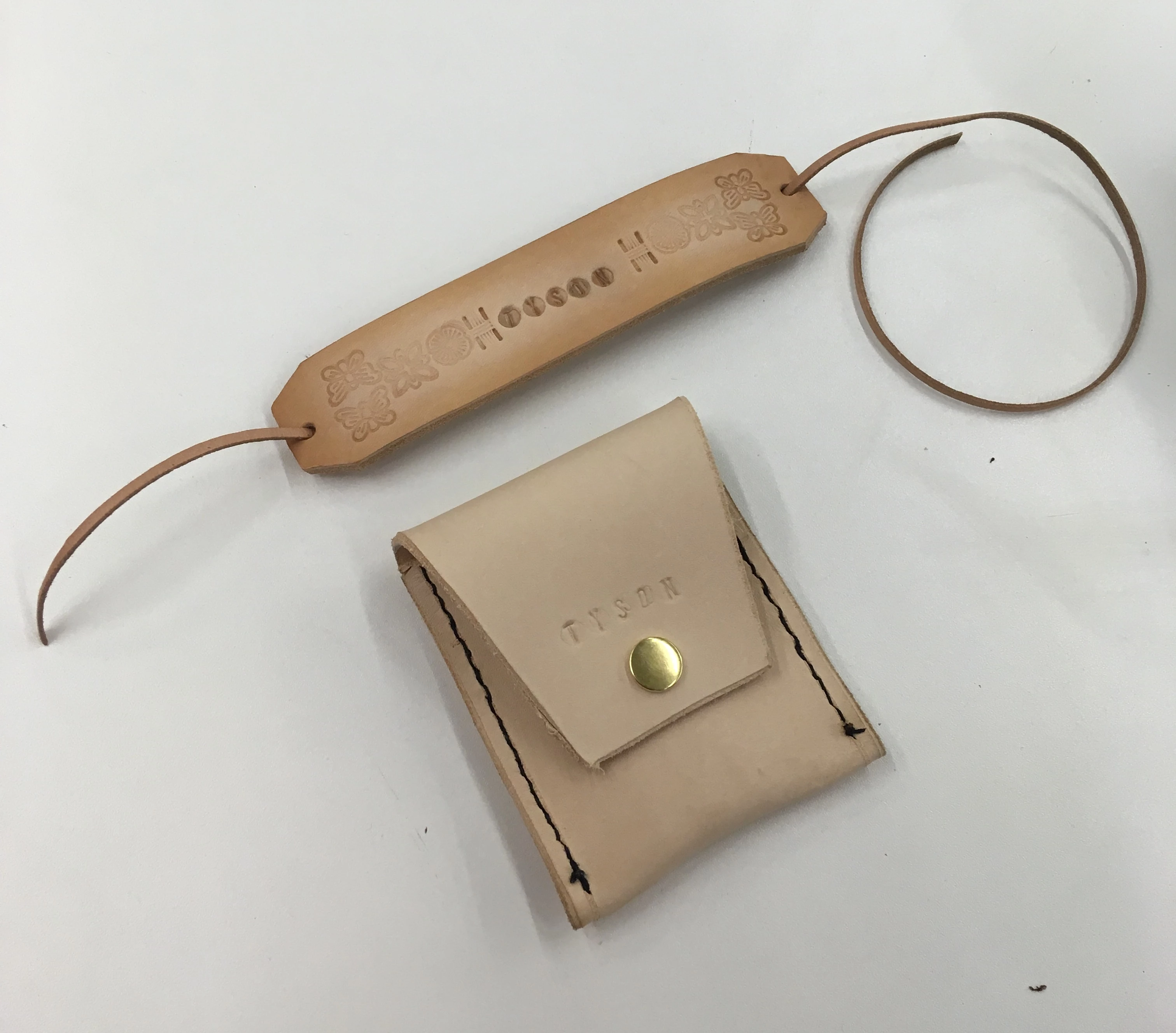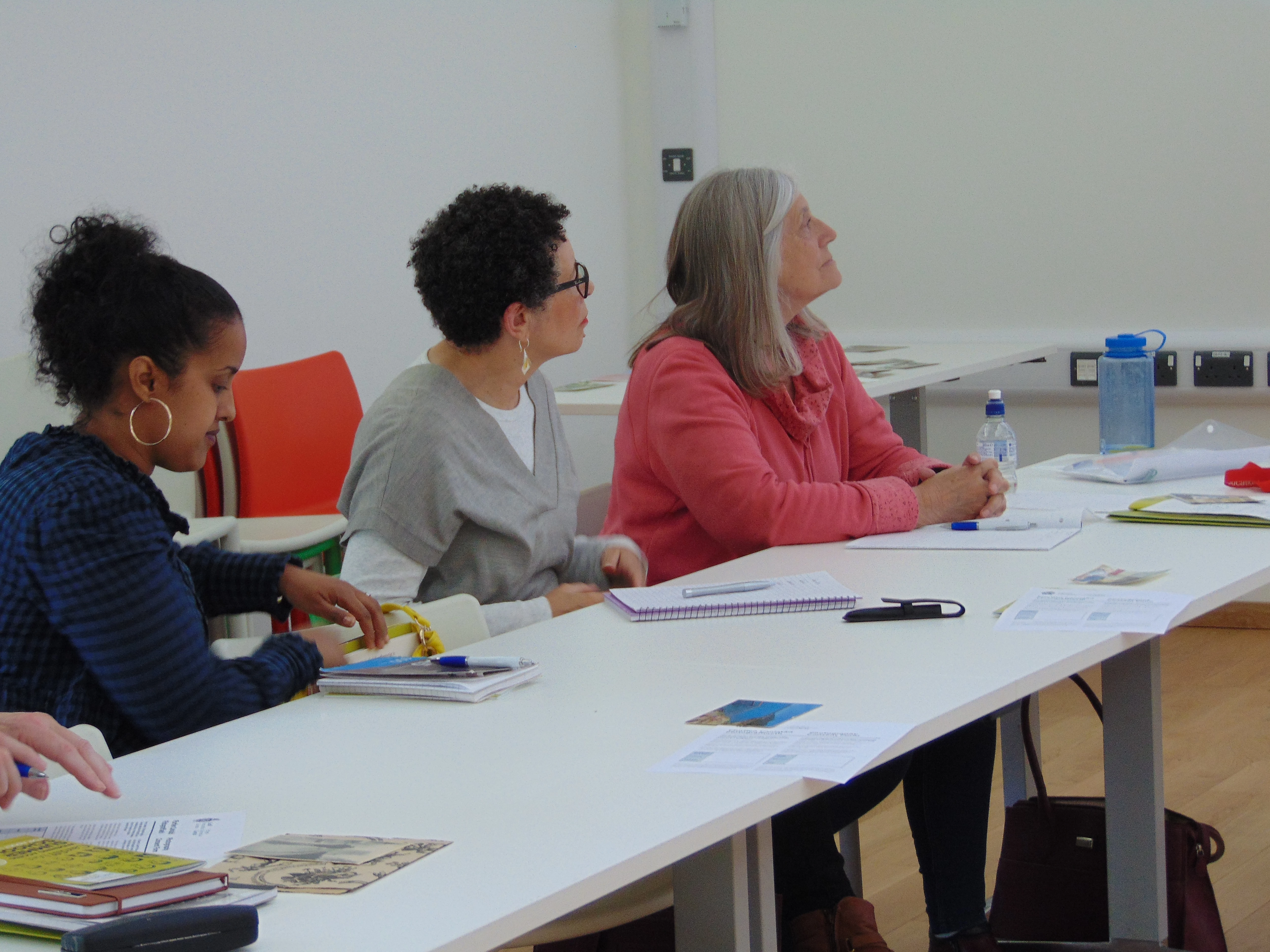Tîm GRAFT Amgueddfa Genedlaethol Y Glannau yn Hadu Lles a Blodau'r Haul yn y Gymuned
, 28 Ebrill 2020
Er na all tîm a gwirfoddolwyr prosiect GRAFT Amgueddfa Genedlaethol y Glannau, ymgynnull i arddio gardd yr Amgueddfa ar yr adeg hon, maent serch hynny yn cadw'n brysur yn sefydlu 'Hadau Allan yn y Gymuned' ac yn ein hannog ni i gyd i dyfu blodau haul mewn mannau gweladwy a chyhoeddus i ddangos cefnogaeth ar gyfer gweithwyr allweddol. Dyma ychydig mwy am y prosiect cymunedol arloesol hwn a sut mae wedi tyfu o hedyn syniad i brosiect llewyrchus sy'n tyfu planhigion, bwyd a phobl.
GRAFT: maes llafur wedi'i seilio ar bridd, yw prosiect tir ac addysg fwytadwy Amgueddfa Genedlaethol y Glannau, a darn parhaol o seilwaith gwyrdd yng Nghanol Dinas Abertawe. Mae'r prosiect hefyd yn waith celf sy'n ymgysylltu'n gymdeithasol gan yr artist Owen Griffiths, ac fe'i comisiynwyd yn wreiddiol fel rhan o Nawr Yr Arwr yn 2018, a ariannwyd gan 1418NOW fel rhan o brosiect diwylliannol enfawr ledled y DU sy'n coffáu'r Rhyfel Byd cyntaf.
Mae GRAFT yn gweithio gyda grwpiau cymunedol o ystod eang o gefndiroedd ledled y ddinas a ddaeth ynghyd, i drawsnewid cwrt yr Amgueddfa i mewn i amgylchedd tyfu organig hardd, cynaliadwy; creu tirwedd fwytadwy i annog cyfranogiad a sgwrs ynghylch defnydd tir, bwyd a chynaliadwyedd mewn ffordd hygyrch a grymusol.
Mae Owen a'r Uwch Swyddog Dysgu Zoe Gealy yn datblygu rhaglen barhaus GRAFT o amgylch y syniadau hyn o gydweithredu, cynaliadwyedd a'r gymuned. Bob dydd Gwener, (heblaw yn ystod y cyfnod cloi hwn), mae gwirfoddolwyr hen ac ifanc yn gweithio ochr yn ochr â'i gilydd i rannu sgiliau gweithio mewn pren a metel, dysgu sut i dyfu planhigion, ennill cymwysterau a chefnogi ei gilydd ar hyd y ffordd. Mae'r prosiect wedi gweld prentisiaethau llwyddiannus yn datblygu o ganlyniad i'w raglen, yn ogystal â gweld buddion iechyd meddwl tymor hir trwy weithio y tu allan gyda'i gilydd. Mae cyfeillgarwch yn datblygu, ac mae pobl, yn ogystal â phlanhigion, yn ffynnu. Yn ystod datblygiad GRAFT, yn ogystal â gwelyau uchel, mae pergola a meinciau o bren lleol, popty pizza cob a chychod gwenyn wedi’u cyflwyno i’r ardd. Daw gwirfoddolwyr ieuengaf GRAFT o Ysgol Cefn Saeson yng Nghastell-nedd ac maent yn gweithio gydag Alyson Williams, y Gwenynwr preswyl, yn dysgu am fioamrywiaeth, yr amgylchedd ac yn gweithio gyda'i gilydd i ofalu am y gwenyn.
Mae peth o'r cynnyrch sy'n cael ei dyfu yn yr ardd fel arfer yn gwneud ei ffordd i mewn i brydau blasus yng nghaffi'r Amgueddfa tra bod rhywfaint yn cael ei ddefnyddio ar gyfer prydau cymunedol yn GRAFT. Mae cyfran o gynnyrch yn cael ei ddefnyddio gan wirfoddolwyr, a rhoddir peth i brosiectau a grwpiau ledled yr ardal sy'n darparu bwyd i'r rhai mewn angen, fel Tŷ Matts, Ogof Adullam a chanolfan galw heibio ffoaduriaid Abertawe.
HADAU A HEULWEN YN YSTOD Y CYFNOD YMA O WAHARDDIADAU
Dros yr wythnosau nesaf bydd GRAFT yn postio hadau trwy gynllun parseli bwyd Dinas a Sir Abertawe, ac i grwpiau cymunedol y maent yn gweithio gyda nhw yn rheolaidd megis Roots Foundation a CRISIS. Mae'r hadau'n cynnwys pwmpen sgwash a blodau haul, a gynaeafwyd gan y garddwyr y tymor diwethaf.
Mae menter arall y mae GRAFT yn ei datblygu yn ystod yr wythnosau nesaf yn annog pobl i blannu blodau haul mewn mannau gweladwy a chyhoeddus, i ddangos cefnogaeth i weithwyr allweddol ochr yn ochr â phaentiadau enfys. Gwahoddir pobl hefyd i bostio lluniau o’u tyfiant llwyddiannus ar dudalennau cyfryngau cymdeithasol GRAFT.
I ofyn am hadau, cysylltwch â zoe.gealy@museumwales.ac.uk
07810 657170
Wrth gloi, mae angen rhywfaint o ofal ar ardd GRAFT yn ystod y cyfnod yma, ac felly mae tîm ar-safle Amgueddfa Genedlaethol y Glannau yn dyfrio'r ardd a gofalu am y planhigion ifanc yn ystod eu sifftiau dyddiol.
Gyda diolch i chwaraewyr Loteri Cod Post y Bobl am gefnogi rhaglen gyhoeddus o weithgareddau a digwyddiadau Amgueddfa Cymru.
DILYNWCH GRAFFT:
www.facebook.com/graft.a.soil.based.syllabus
INSTAGRAM: Graft____
